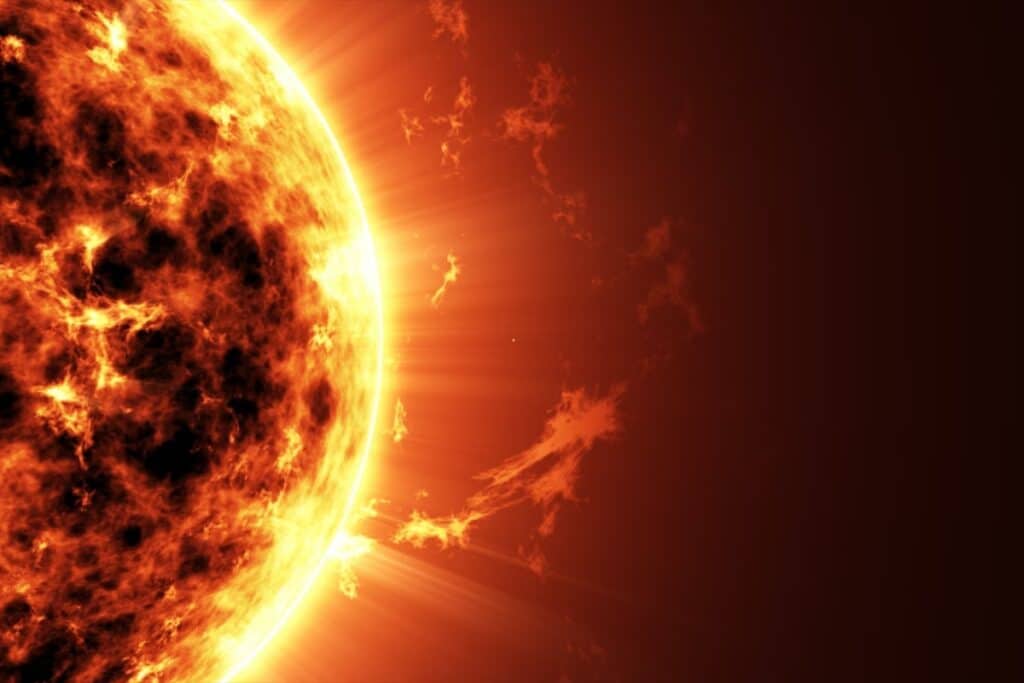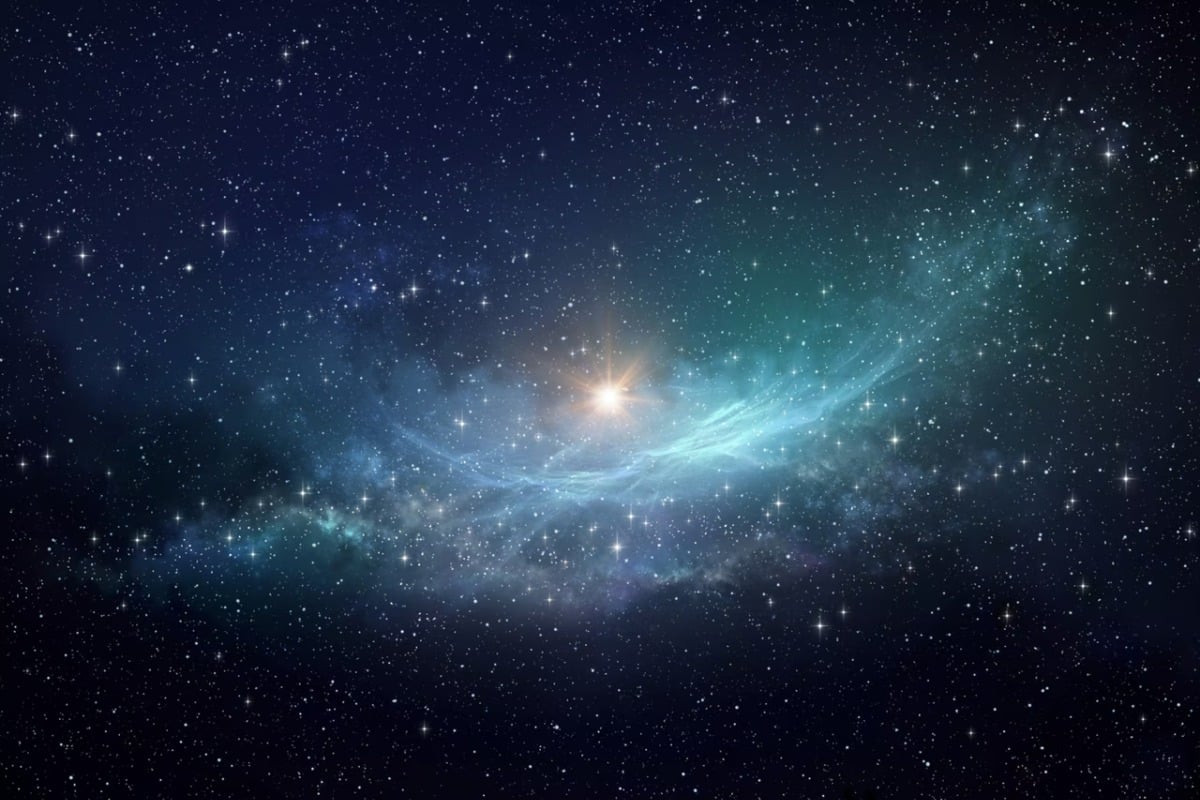Astronomers have just revealed the existence of a mysterious cosmic corridor linking our Solar System to distant stars. This unprecedented interstellar structure is challenging our understanding of the space surrounding us. Are we truly isolated in the vastness of the galaxy?
A recent discovery led by the Max Planck Institute using data from the eRosita observatory confirms that our immediate cosmic environment holds unsuspected secrets. The team, directed by Dr. L. L. Sala, has identified channels of low-density hot plasma forming bridges between our system and other stellar regions. The findings are published in Astronomy & Astrophysics.
The hot local bubble reveals its mysteries
For decades, scientists have known that our Solar System sits within a special region of space. This area, known as the Local Hot Bubble (LHB), spans roughly 300 light-years in diameter. It was shaped by massive stellar explosions that occurred several million years ago.
Those ancient supernovae literally sculpted the surrounding environment. Their explosions heated the interstellar gas, creating a low-density yet high-temperature cavity. Traces of these cataclysmic events persist today in the form of diffuse, superheated plasma.
The eRosita observatory has now mapped this structure in detail. By analyzing soft X-ray emissions, researchers uncovered surprising temperature variations. The region shows a pronounced north–south dichotomy at high galactic latitudes, suggesting a far more complex architecture than expected.

Science unveils an interstellar tunnel connecting our solar system to the rest of the Milky Way. © rasslava, iStock
Cosmic tunnels toward the constellations
The most surprising aspect of the research is the detection of interstellar corridors. These “tunnels” appear to pierce the surrounding hot matter, forming direct pathways toward distant stellar systems. The first identified channel points toward the constellation Centaurus.
A second passage is oriented toward the region of Canis Major. These structures are likely only fragments of a much larger network of cosmic conduits. They may connect different zones of star formation and pockets of heated gas across our local galactic sector.
These findings partially confirm long-standing astronomical theories. For decades, some researchers suspected the existence of interconnected labyrinths of cavities in interstellar space. Today’s data finally provide the observational proof needed to validate those hypotheses.
A spatial environment more complex than imagined
The space between stars is far from an absolute void. It contains various forms of matter and energy that interact in complex ways. The Local Hot Bubble perfectly illustrates this environmental richness, often misunderstood by the general public.
Dynamic processes continuously shape these regions. Several factors contribute to their evolution:
• Stellar winds from massive stars
• Shock waves from supernova explosions
• Interstellar magnetic fields
• Various forms of energetic radiation
Our Solar System entered this bubble only a few million years ago. This cosmic migration aligns with the period of intense supernova activity that shaped our current environment. The Sun’s nearly central position in the structure is coincidental but offers an exceptional vantage point.
Perspectives for future space exploration
These revelations open new pathways for fundamental research. Future X-ray missions will need to refine the mapping of these mysterious structures. A deeper understanding of these interstellar channels could illuminate many astrophysical processes.
The implications involve the propagation of cosmic rays, the behavior of interstellar dust, and the mechanisms governing stellar wind circulation. These cosmic tunnels likely influence the exchange of matter and energy within the local galactic neighborhood.
Studying these space “highways” may also uncover crucial information about the history of our galactic region and its future evolution.
This discovery of a network of interstellar passages radically changes our vision of the nearby cosmos—and promises even more astonishing revelations ahead.


